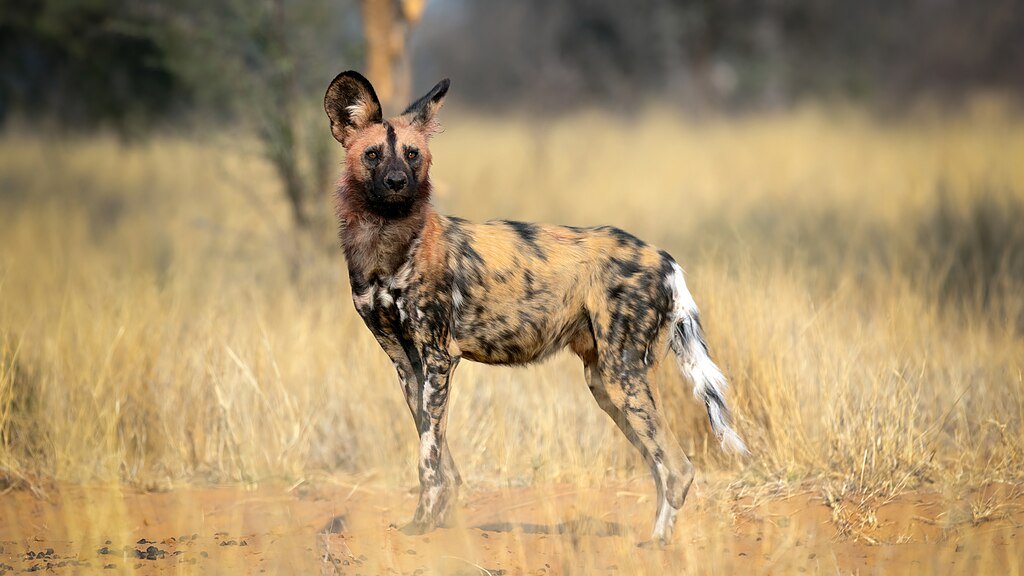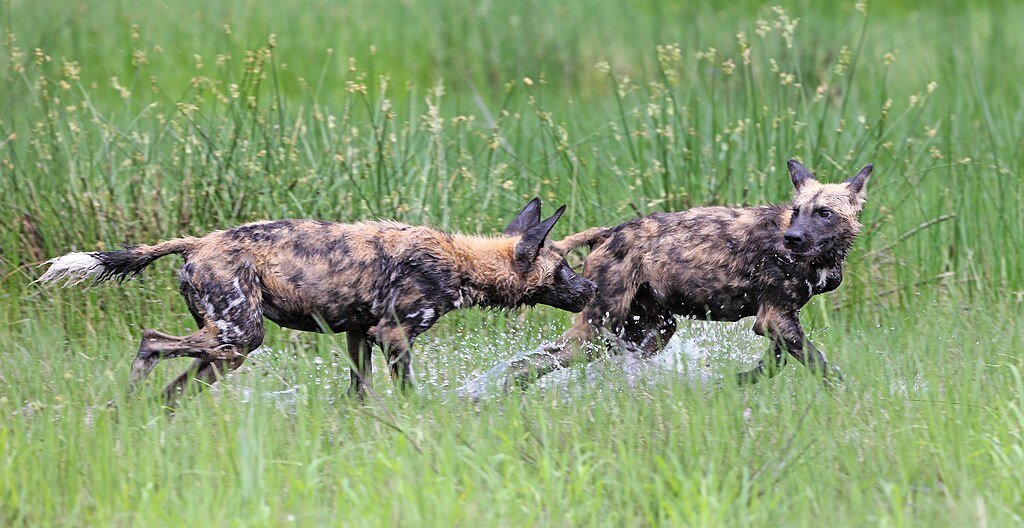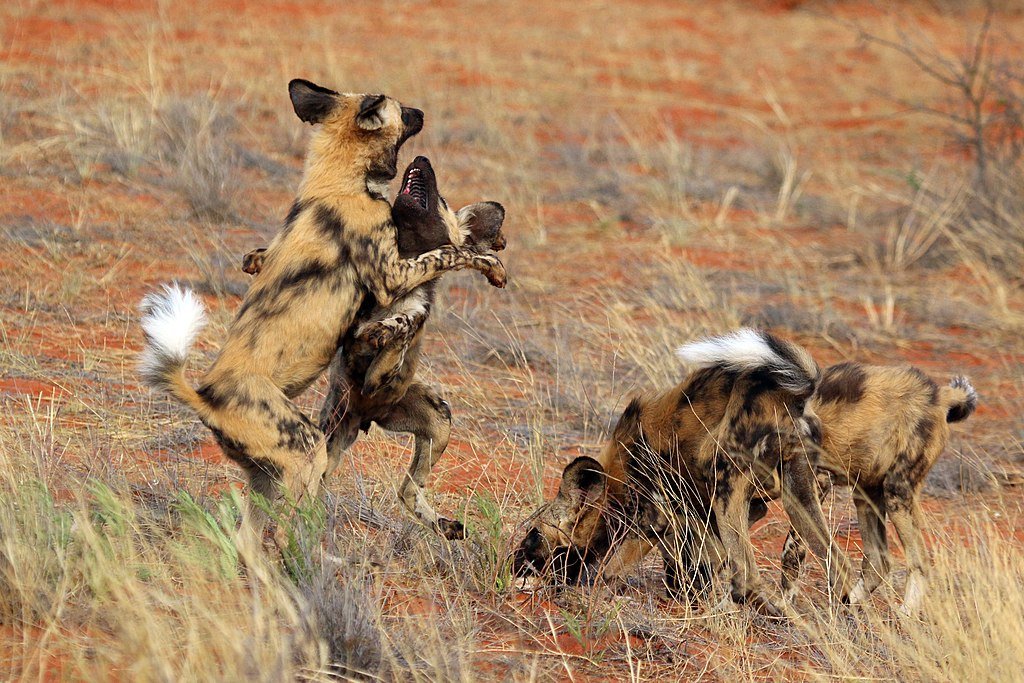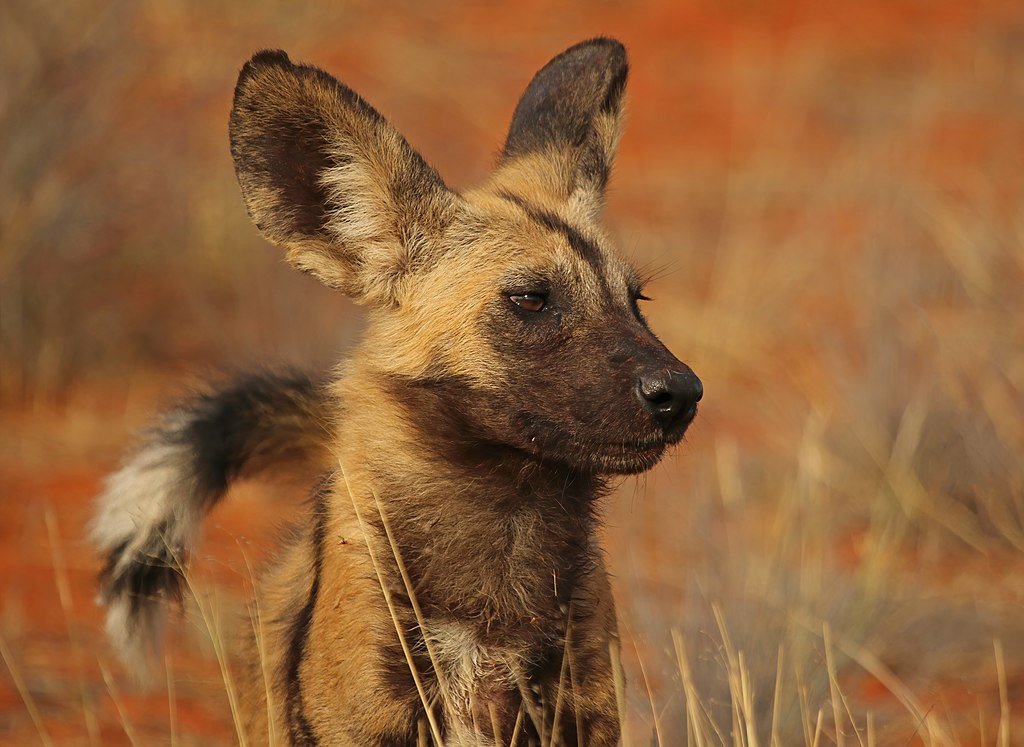A groundbreaking study has used DNA metabarcoding to analyze the diet of African wild dogs (Lycaon pictus), uncovering surprising prey species. This method provides a more precise understanding of their feeding habits, offering valuable insights for conservation efforts.
Unexpected Prey Discoveries

Researchers collected fecal samples from seven different landscapes in South Africa’s Kruger National Park, extracting DNA to identify prey species. While impala remains the primary food source, the study uncovered seven additional prey species, including the Cape hare, which was previously undocumented in their diet.
Dietary Shift in Fragmented Habitats
Understanding the full range of prey species African wild dogs consume helps conservationists predict how they adapt to changing prey availability. Fragmented ecosystems and human-altered landscapes may force them to hunt more opportunistically, selecting prey based on availability rather than preference.
How DNA Metabarcoding Improves Research
Unlike traditional observational-based methods, DNA metabarcoding allows scientists to accurately track diet changes without needing direct visual confirmation. By analyzing fecal samples, researchers gain long-term dietary insights that could help monitor species interactions and food web stability.
The Role of Seasonal Diet Shifts
Scientists suspect that prey availability fluctuates with seasonality, meaning African wild dogs may change their hunting preferences depending on migration patterns, droughts, or population fluctuations. This analysis provides a dynamic picture of their feeding habits over time.
Advancements in Genetic Tracking

This study marks the first use of DNA metabarcoding for African wild dog diet analysis, demonstrating its potential for tracking dietary changes in endangered species. Researchers aim to refine this technique to monitor ecosystem health and improve conservation planning.
Conclusion

By applying cutting-edge DNA analysis, scientists have expanded our understanding of African wild dog diets, revealing previously unknown prey species. This research underscores the importance of advanced genetic tools in wildlife conservation, helping protect one of Africa’s most endangered predators.
Source:





